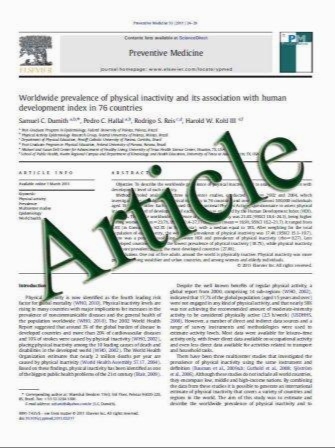Spontaneous Intraventricular Hemorrhage Associated with Prolonged Diosmin Therapy
- نوع فایل : کتاب
- زبان : انگلیسی
- مؤلف : Ramesh M. Kumar • Jamie J. Van Gompel • Regina Bower • Alejandro A. Rabinstein
- چاپ و سال / کشور: 2011
Description
Background The prevalent use of anticoagulation in a growing elderly population has led to an increasing incidence of intracerebral hemorrhage. Furthermore, the understanding of the interactions and adverse effects of oral anticoagulants when used with non-FDA approved drugs is limited. Diosmin is one such non-FDA approved drug which is a semisynthetic, phlebotropic supplement with multiple microcirculatory effects. We report a case of a patient on oral anticoagulation and diosmin, who presented with spontaneous intraventricular hemorrhage, and discuss the possible etiology behind this rare event. Methods A retrospective chart review and a comprehensive search of the literature using the PubMed database were performed. Results A 77-year old female with a 6 week history of warfarin therapy and a several year history of diosmin use presented with severe bitemporal headache. Computed tomography scan revealed an acute hemorrhage within the right ventricle without associated intraparenchymal hemorrhage. International normalized ratio measured 1.8 and was corrected using fresh frozen plasma and vitamin K. She was discharged without neurological deficits. Conclusions Diosmin inhibits platelet aggregation and prolongs the effect of norepinephrine on venous tone, leading to increased venoconstriction. The combined effect of chronic microcirculatory hypertension and inhibition of platelet aggregation due to diosmin may have predisposed to spontaneous hemorrhage in this anticoagulated patient. Individual cases such as this serve as a reminder that overthe- counter dietary supplements may be associated with serious adverse events. The practicing clinician should be aware of this possible adverse event when evaluating patients on oral anticoagulation and chronic diosmin treatment
Neurocrit Care (2011) 14:438–440 DOI 10.1007/s12028-011-9524-9 Published online: 12 March 2011


